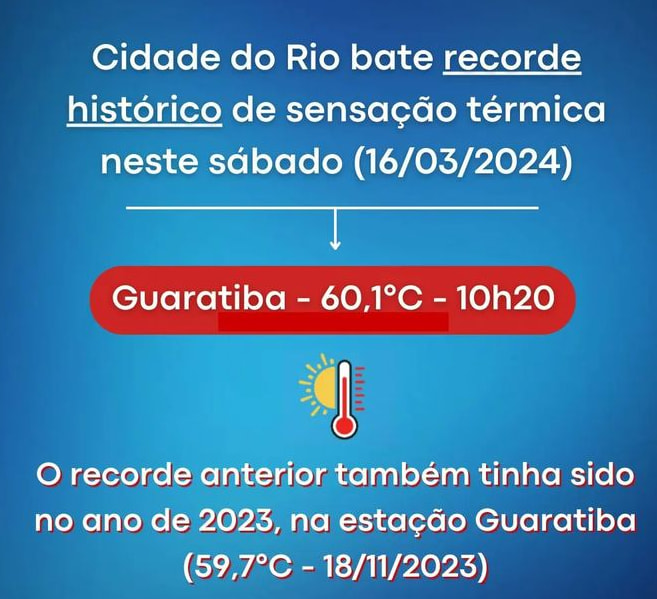- Rio-Negro.mp4 (Music Video)
- Rio-Negro.mp3
[Verse 1]
Beneath the canopy, where the Rio Negro flows,
Its water dark as night, its secrets no one knows,
Carbon-rich and acidic, like Coca-Cola’s hue,
But in 2023, it recorded lows we never knew.
]Chorus]
Oh, Rio Negro, what tales do you tell?
Of carbon sinks and climate’s swell,
With every drop, a story untold,
In your depths, the truth unfolds.
[Verse 2]
A scientist’s home, where the river bends,
Watching as the drought, its harshness extends,
More carbon discharged, to the ocean it will sink,
But with less rain, it’s a chain that leads to the brink.
[Bridge]
In South American rivers, a study finds,
DOC release, rapid, as rain unwinds,
Small catchments and peatlands, the most sensitive they see,
With every rain event, DOC sets free.
[Chorus]
Oh, Rio Negro, what tales do you tell?
Of carbon sinks and climate’s swell,
With every drop, a story untold,
In your depths, the truth unfolds.
[Verse 3]
Under natural light, in the Rio’s deep embrace,
Rates of photo-oxidation, an exponential race,
The deeper the water, the more carbon’s laid to rest,
In the ocean’s depths, where it may find its final test.
[Interlude]
[Verse 4]
But beyond the Rio, in the Amazon’s expanse,
A record low, and an unusual dance,
Droughts more frequent, the rainforest weeps,
Decarbonization at an exponential creep.
[Bridge]
The AMOC slows, the Amazon falls,
In a tangled dance, their destiny calls,
Carbon cycles disrupted, in nature’s grand scheme,
The collapse hastened, like a recurring dream.
[Chorus]
Oh, Rio Negro, what tales do you tell?
Of carbon sinks and climate’s swell,
With every drop, a story untold,
In your depths, the truth unfolds.
[Outro]
From the heat of Rio to the river’s might,
From drought to deluge, in the day and the night,
The Rio Negro speaks, if only we would hear,
In its ebb and its flow, the message is clear.
ABOUT THE SONG
Rio Negro Climate Change Case Study
What do you know about the Rio Negro as it relates to climate change and carbon sinks? The Rio Negro gets its name from its color. The black water is caused by highly acidic and carbon rich water. One scientist that lives on the river called it similar to Coca-cola. In 2023, the Rio Negro recorded record low levels.
Most of the carbon discharged into the water helps the carbon to eventually sink in the ocean as a literal carbon sink. The lack of rain and drought conditions result in more vegetation dying and contribute to a feedback loop — more plants die from less rain… and there is less rain to wash the excess carbon to the bottom of the ocean… resulting in more global warming… resulting in more dead vegetation.
A study of Dissolved Organic Carbon (DOC) in South American rivers found, “Small and steep catchments hosting organic rich forest soils and peatlands were the most sensitive and showed the highest and fastest DOC release if evaluated on a per unit area basis. Here, rain events caused a rapid exponential increase in DOC release….”
The study Effects of natural light and depth on rates of photo-oxidation of dissolved organic carbon in a major black-water river, the Rio Negro, Brazil found under natural sunlight during the dry seasons rates of complete photo-oxidation and changes in absorbance indices decayed exponentially. The deeper the water the less CO2 emissions created and the more carbon is sequestered at the bottom of the ocean.
The Amazon river was also at record lows during 2023. The drought conditions in the Amazon rain forest are unusual. We are watching the Rio Negro and Amazon Rivers as a case study for the slowing and/or collapse of the AMOC, the die-back of the Amazon, and the carbon cycle.
The carbon sequestration from dissolved organic carbon is only one of the many carbon sinks in the Amazon. It is likely Amazon droughts will become more frequent and intense resulting in decarbonization at an exponential rate. The collapse of the AMOC will hasten the collapse of the Amazon. The collapse of the Amazon will hasten the collapse of the AMOC.

From March 16 through 18, 2024, Brazil experienced a severe heatwave, setting new records in Rio de Janeiro with a wet-bulb temperature reaching 62.3 degrees Celsius (144.1 degrees Fahrenheit). The wet-bulb temperature reflects the body’s cooling mechanism through sweat evaporation. Higher heat and humidity levels, indicated by the heat index, impede sweat evaporation. A wet-bulb temperature of 35℃ (95℉) at 100% humidity, or 115℉ at 50% humidity, represents the upper limit of safety, beyond which the human body cannot effectively regulate its core temperature through sweat evaporation.
On March 23, an atmospheric river event brought heavy rains to Brazil’s Rio de Janeiro state, resulting in at least nine fatalities, primarily in Petropolis, which bore the brunt of the impact. An astonishing 270 mm (11 inches) of rain fell within a 24-hour period, significantly affecting the region and leading to numerous incidents, including landslides and house collapses.